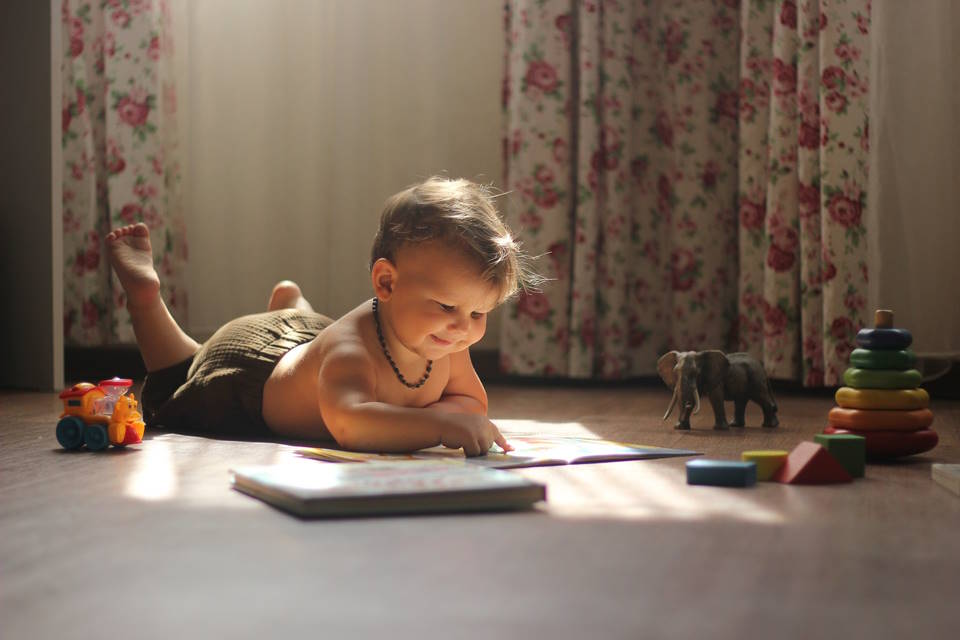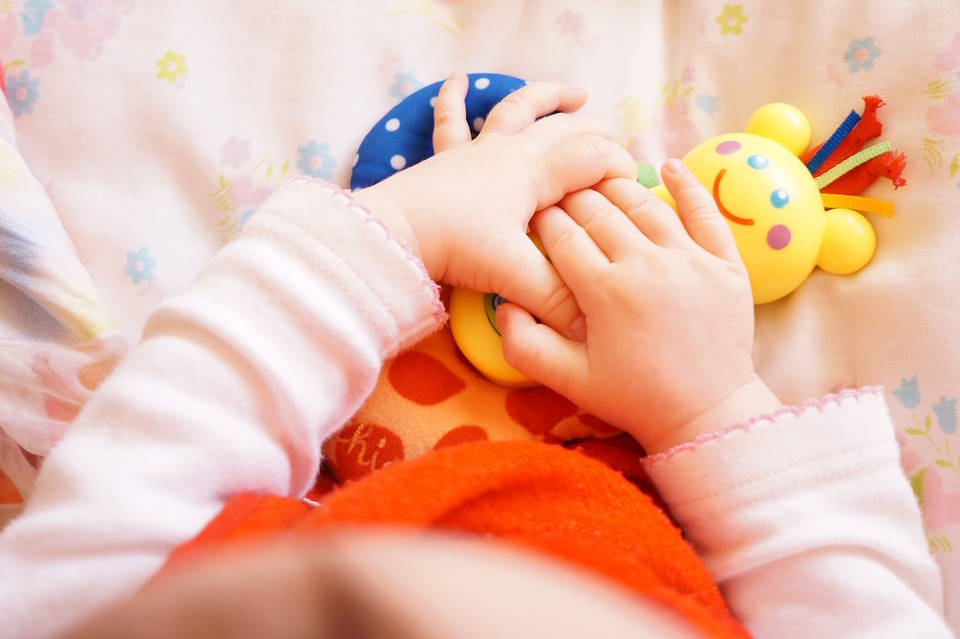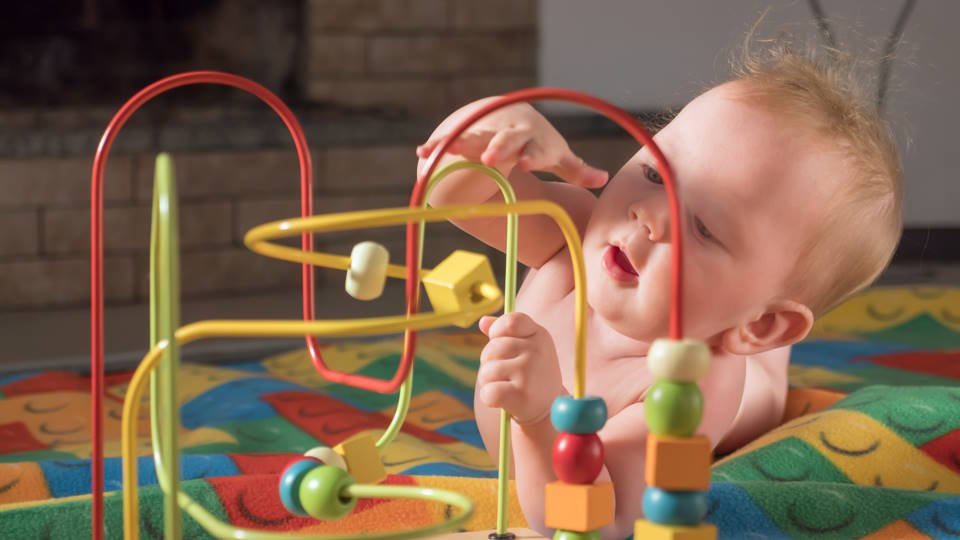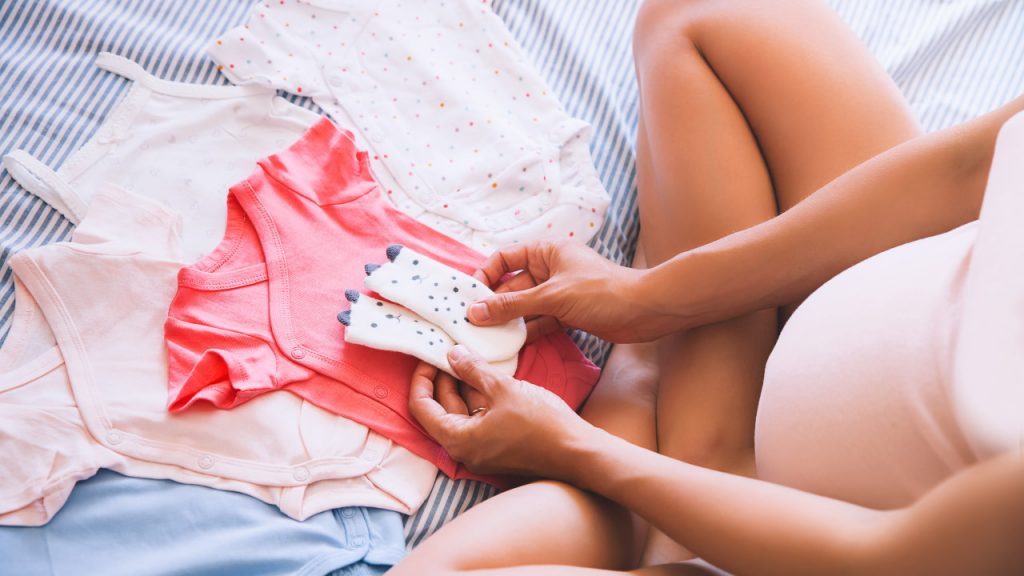Welcome to our blog post on keeping your little one safe while playing with toys! As parents, it is our top priority to ensure that our babies are playing with safe and age-appropriate toys. We will guide you through the process of choosing toys that are suitable for your baby’s developmental stage, as well as how to inspect them for potential hazards. We will also provide valuable tips on the safe usage and supervision of baby toys, and share guidelines on storing them properly and keeping them clean. Let’s dive in and create a secure and enjoyable playtime environment for your precious bundle of joy!
Choosing Safe And Age-Appropriate Baby Toys
Choosing toys for babies can be an exciting and enjoyable task for parents. However, it is essential to prioritize the safety and age-appropriateness of the toys. Babies have a natural curiosity and desire to explore, which makes it crucial to select toys that not only engage them but also keep them safe from potential hazards. With an overwhelming number of options available in the market, here are a few tips to help you make the right choices for your little one.
1. Consider the Age: When selecting a toy, always check the recommended age range. This information is typically mentioned on the packaging or in the product description. Age recommendations are vital as they indicate the developmental stage and skill level required for safe play. Choosing a toy that is too advanced for your baby may pose a choking hazard or frustrate them, while a toy meant for younger infants may fail to engage their interest.
2. Look for Safety Certifications:
Ensure that the toys you purchase have undergone rigorous safety testing and meet the necessary certifications. Look for safety labels like ASTM F963 or EN71, which indicate compliance with international safety standards. These certifications ensure that the toys are free from harmful chemicals, sharp edges, or small parts that can be a choking hazard. So, always be vigilant and check for these markings before making your purchase.
3. Choose Non-Toxic Materials:
Babies tend to put everything in their mouths, so it’s crucial to select toys made from safe and non-toxic materials. Avoid toys made of plastic containing BPA or phthalates, as these chemicals can be harmful to your baby’s health. Opt for toys made of natural materials like wood or organic fabrics, which are not only safer but also more environmentally friendly. Additionally, ensure that the toys are sturdy and free from any potential sharp edges or loose parts that can cause injuries.
| Pros | Cons |
|---|---|
| Enhances development and skills | Overwhelming number of options |
| Promotes imaginative play | Potential hazards if not chosen carefully |
| Engages curiosity and learning | Constant need to ensure toy safety |
| Diversifies sensory experiences | Can be expensive |
Inspecting Toys For Potential Hazards
As parents, one of our top priorities is ensuring the safety of our little ones. That’s why it’s crucial to inspect baby toys for potential hazards before giving them to our precious bundles of joy. The good news is, it doesn’t have to be a daunting task! With a little bit of knowledge and attention to detail, we can ensure that the toys we choose for our babies are both entertaining and safe.
When inspecting baby toys, there are a few key points to keep in mind. First and foremost, check for any small parts that could pose a choking hazard. This includes buttons, beads, or detachable pieces that can easily be swallowed. If a toy includes small parts, always make sure they are securely attached and cannot be easily pulled off.
Another important aspect to consider is the material the toy is made of. Some materials may contain harmful chemicals such as lead or phthalates, which can be toxic if ingested. Look for toys that are labeled as non-toxic and meet safety standards. It’s also a good idea to avoid toys with sharp edges or points that could potentially injure your child.
- Check for small parts: Small parts can pose a choking hazard, so always ensure they are securely attached.
- Consider the materials: Look for toys that are labeled as non-toxic and avoid those with harmful chemicals.
- Avoid sharp edges or points: Ensure that the toys you choose don’t have any potential risks of injury.
Lastly, pay attention to any potential entanglement hazards. Toys with long strings or cords can pose a strangulation risk. Make sure that all strings are short and securely anchored to the toy. Additionally, be cautious of toys with loud noises or excessive volume, as they can damage your baby’s hearing. Always test the volume level before giving the toy to your little one.
| Toy Safety Tips | Actions |
|---|---|
| Inspect for small parts | Ensure they are securely attached |
| Check materials | Look for non-toxic options |
| Avoid sharp edges or points | Choose toys without potential injury risks |
| Watch out for entanglement hazards | Avoid toys with long strings or cords |
| Test volume level | Avoid toys with excessive noise |
Inspecting baby toys for potential hazards is a crucial step in ensuring your child’s safety. By following these simple guidelines and using your parental instincts, you can be confident in the toys you choose for your little one. Remember, it’s always better to be safe than sorry when it comes to our precious babies!
Safe Usage And Supervision Of Baby Toys
When it comes to our little ones, safety is always our top priority. We want to ensure that every toy they play with is safe, age-appropriate, and supervised properly. We will discuss the importance of safe usage and supervision of baby toys.
One of the key aspects of safe toy usage is to ensure that the toys are appropriate for your baby’s age and developmental stage. As tempting as it may be to buy the latest trending toy, it is vital to check the age recommendations and safety guidelines provided by the manufacturer. Age-appropriate toys are designed specifically to cater to the needs and abilities of a particular age group. For instance, toys with small parts may pose a choking hazard for infants, while toys with sharp edges or small magnets may not be suitable for toddlers.
Additionally, supervision plays a crucial role in ensuring the safety of your little one while playing with toys. Even if a toy is deemed safe and age-appropriate, it is essential to keep a watchful eye on your baby during playtime. Babies are curious explorers, and they may unintentionally put toys in their mouths or engage in rough play. Therefore, being present and attentive can prevent any potential accidents or injuries. Remember, it’s better to be safe than sorry!
| Safe Toy Usage Tips | Supervision Guidelines |
|---|---|
|
|
Storing Baby Toys Properly And Cleaning Guidelines
As parents, we all want our little ones to stay safe and healthy while enjoying their toys. One crucial aspect of ensuring their safety is storing their toys properly and following appropriate cleaning guidelines. We will explore some essential tips and tricks to keep your baby’s toys in tip-top shape while maintaining a clean and hygienic environment for your precious bundle of joy.
When it comes to storing baby toys, organization is key. It’s easy for toys to get scattered all over the house, leading to frustration and potential hazards. Investing in storage solutions like bins, baskets, or toy chests can help keep the toys in one place and make cleanup a breeze. Not only does it make your life easier, but it also teaches your child valuable skills like tidying up after playtime.
To ensure that your baby’s toys remain safe for play, regular cleaning is a must. Start by checking the manufacturer’s guidelines for cleaning instructions. Some toys can be wiped down with a damp cloth, while others may be machine washable. It’s essential to follow these instructions to maintain the toy’s integrity and prevent any damage.
For smaller toys that are not machine washable, you can create a simple cleaning solution by mixing warm water with a gentle soap. Dip a clean cloth or sponge into the solution and wipe each toy thoroughly. Be sure to pay extra attention to any crevices or hard-to-reach areas where dirt and germs may accumulate. Afterwards, rinse the toys with clean water and allow them to air dry completely before returning them to storage.
| Storage DOs | Storage DON’Ts |
|---|---|
|
|
|
|
|
|







